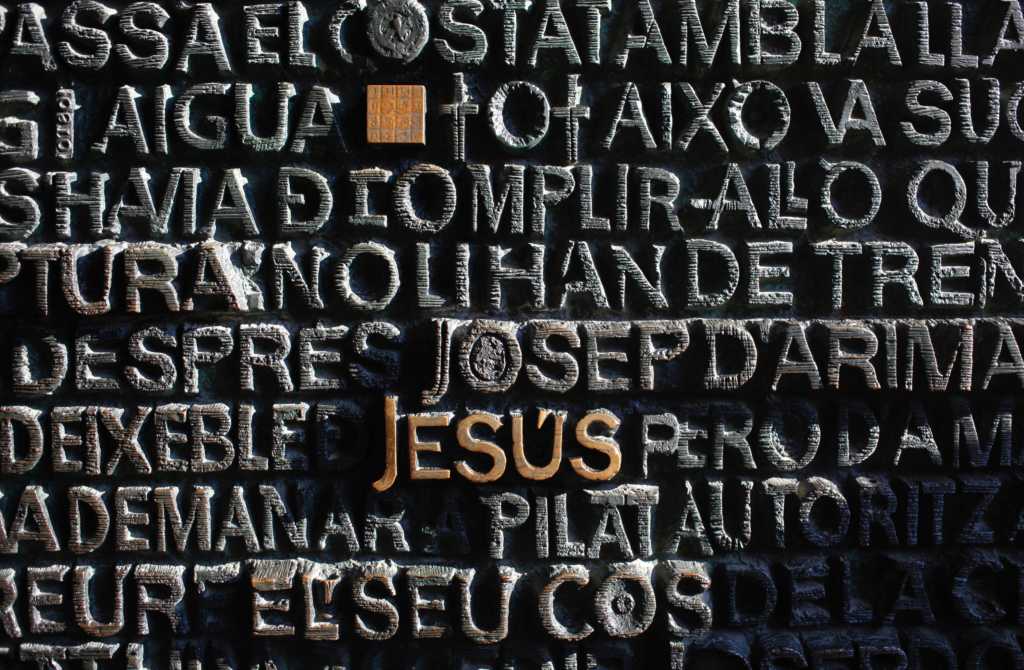Join Faithwire as we prepare for Easter with a 7-day devotional series. Get the devotional sent straight to your inbox every day by subscribing to our free email newsletter.
When Jesus had finished all these sayings, he said to his disciples, “You know that after two days the Passover is coming, and the Son of Man will be delivered up to be crucified.”
Then the chief priests and the elders of the people gathered in the palace of the high priest, whose name was Caiaphas, and plotted together in order to arrest Jesus by stealth and kill him. But they said, “Not during the feast, lest there by an uproar among the people.”Matthew 26:1-5, 14-16
Then one of the twelve, whose name was Judas Iscariot, went to the chief priests and said, “What will you give me if I deliver him over to you?” And they paid him thirty pieces of silver. And from that moment he sought an opportunity to betray him.
RESOLVE
Yesterday’s embarrassment in the temple sealed Jesus’s fate with the religious leaders. His intentions were clear; Jesus meant to upset their rule. Something had to be done, so the chief priests and elders resolved to dispose of him as soon as possible. Only now, it was more than an idea — it was time to make a plan.
On Wednesday Jesus continued his teaching as people gathered in the temple, although we have no record of controversy like there had been the day before. Perhaps there was no confrontation with the religious leaders because many of them were assembled together in Caiaphas’s palace. As the high priest, Joseph Caiaphas presided over the Sanhedrin (the highest Jewish court), and it was his determination to wait until after the Feast of Unleavened Bread to arrest Jesus. Passover began the eight-day celebration, but if they could wait until the festival ended, the city’s Passover pilgrims would return home, and there would be far less chance of an uprising in Jesus’s defense.
While Caiaphas and the Sanhedrin were plotting to arrest and kill him more than a week later, Jesus had already revealed the timing of his death. Jesus was giving up his life; it was not being taken from him (John 10:17-18). He would be delivered over and crucified two days later, during Passover. Things were moving on Jesus’s timetable; this proved true as the cover of darkness would provide the secrecy they need to arrest him even sooner than they expected.
Judas had agreed to deliver Jesus to the chief priests as soon as he had opportunity, received his bounty, and began watching for the right time. Why Judas resolved to betray Jesus, the Scriptures do not tell us. We may speculate that he, like many of the people who turned on Jesus, had unmet expectations of the Messiah leading a rebellion to overthrow Rome, returning the kingdom to Israel. Whatever the reason, Judas, in cooperation with the Sanhedrin, finally came to a breaking point. It was time to do something. Their resolve had finally become action.


